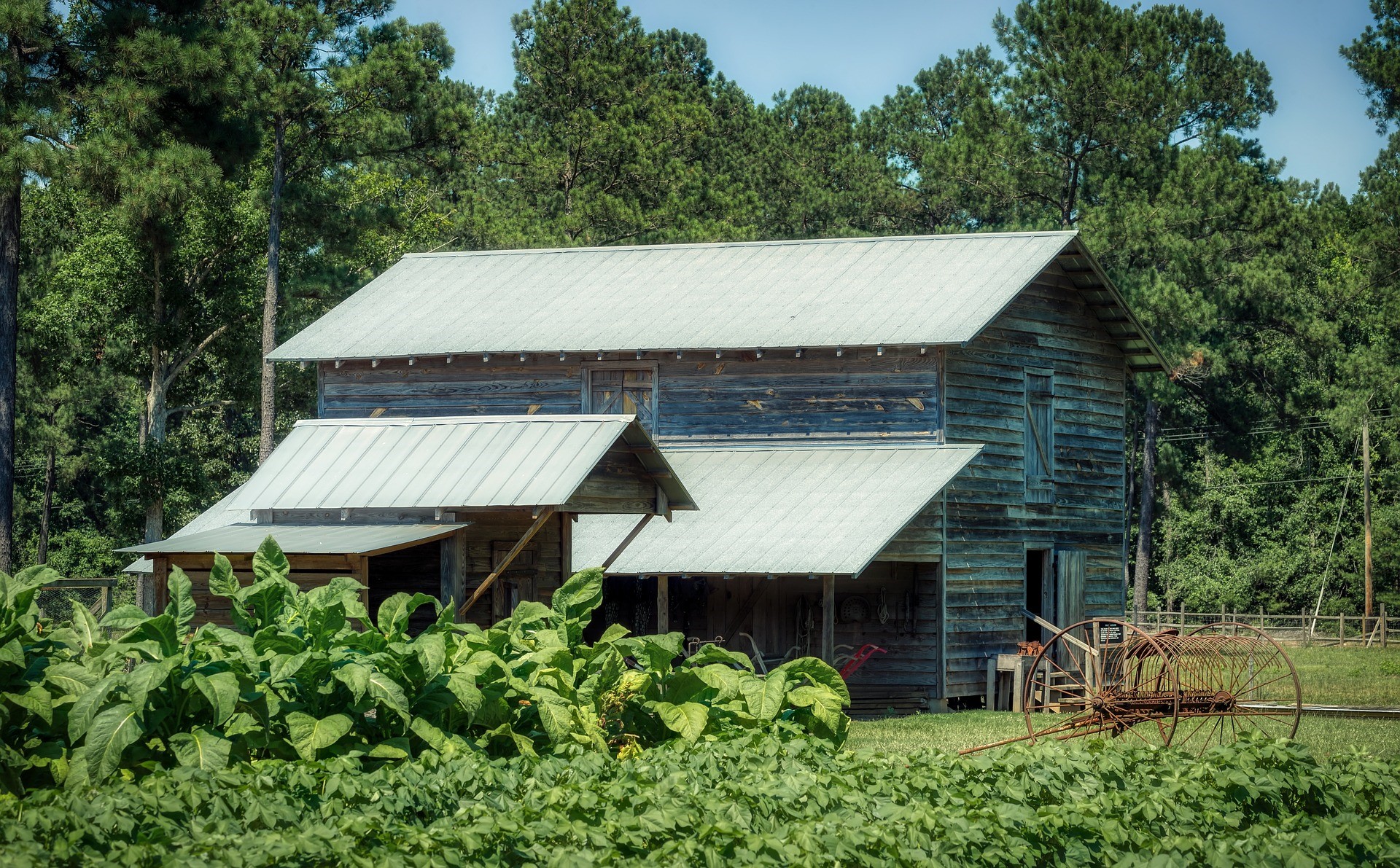Mariana Munera is a law student at NYU School of Law and guest contributor on this blog.
The USDA Farmers to Families Program is now entering its fourth round of funding with an additional $500 Million in funding. The program originally started as a way to bridge the gap between farmers, who lost business from restaurants, hotels, and other sources during pandemic closures, and families experiencing food insecurity during the pandemic. The idea is that farmers sell their unclaimed produce to distributors, who deliver the food boxes to access points such as food banks, local schools, and non-profit organizations. These boxes vary by distributor and location, but as of the third round of the program, are exclusively combination boxes containing a mix of fresh produce, meat, and dairy products. To date, 110 million boxes have been invoiced to USDA. While this program has been touted by the Trump administration, many have been questioning the efficacy of this program.
Cost and Food Efficiency Concerns
Numerous food aid professionals from Puerto Rico to Wisconsin have been questioning the efficiency of resources spent on this program. According to an article by The Counter, the program has largely been “erecting supply chains out of nowhere.” In failing to use local farmers and food distribution networks, USDA may be substantially overpaying for these boxes. Eric Cooper, of the San Antonio Food Bank, shared this concern with NPR, stating that the government is reimbursing up to $60 for boxes that can be purchased at the grocery store for $20. The Counter article cites similar figures, in one instance upwards of $100 reimbursements for per boxes of food worth substantially less.
Independent of whether USDA is overpaying for these boxes, by giving contracts to outside entities and non-local farmers, the problem of last-mile delivery has become more prominent.
A study conducted by the Midwest Center for Investigative Reporting found that “Many contracts were awarded to wholesalers and distributors outside of the region they were allocated for.” Starting with the third round of Farmers to Families, proposals were supposed to account for how contractors would manage last-mile delivery concerns. As reported to NPR above and in other instances, however, many food banks are eating the costs of last-mile delivery. Last mile concerns have become such an issue that 50 members of Congress wrote to Secretary Purdue imploring him to rectify these issues.
Distributors
Many complaints around Farmers to Families have been with respect to the process of awarding contracts. Rather than operating using existing food distribution networks, USDA accepted contracts from many new players. While some distributors may have been successful in their efforts, others have gained national attention for their mishaps. CRE8AD8, a Texas wedding catering company, received the tenth largest USDA contract for the Farmers to Families Food Box program. Surprisingly, the company had no handling or food logistics experience and also lacked a license to distribute food. Reportedly, the company failed to deliver 250,000 boxes. The company is now under Congressional investigation. Their contract has not been renewed.
Other regions have reported similar issues with their assigned distributors. The figures cited by Undersecretary for Marketing and Regulatory Programs Greg Ibach in a July 21 hearing indicate that 30% of vendors were not able to deliver 90% of their food.
For a program that was implemented to help local farmers and families, it appears to be sorely lacking. Bloomberg Government is reporting farmers complaining that the benefits are going to large distributors and local farmers are being repeatedly rejected. Some state the application process is confusing and some have even hired grant writers to assist them. Similar complaints are coming from food safety advocates concerned the government is reinventing the wheel when it comes to connecting food surplus to needy families.
Recommendations
One interesting way to circumvent many of the above problems could be to expand SNAP, the government’s Supplemental Nutrition Assistance Program. SNAP operates out of USDA as well, but “delivers roughly nine times more food to people than the entire Feeding America network, which includes food banks.” SNAP operates as a direct cash benefit to families. This solves cost, efficiency, distribution, and distributor concerns since families can buy food directly from the grocery store. There is the added benefit of stimulating the overall economy. According to the Center on Budget and Policy Priorities, for every $1 increase in SNAP benefits during the recession, $1.70 in economic activity was generated.
While the Farmers to Families Food Box program harbors great potential, USDA must seriously evaluate the model and distribution networks. The program’s mission is commendable and should be lived up to, but its execution, to date, has been poor.
The views and opinions expressed on the FBLE Blog are those of the authors and do not necessarily reflect the official policy or position of FBLE. While we review posts for accuracy, we cannot guarantee the reliability and completeness of any legal analysis presented; posts on this Blog do not constitute legal advice. If you discover an error, please reach out to contact@farmbilllaw.org.


